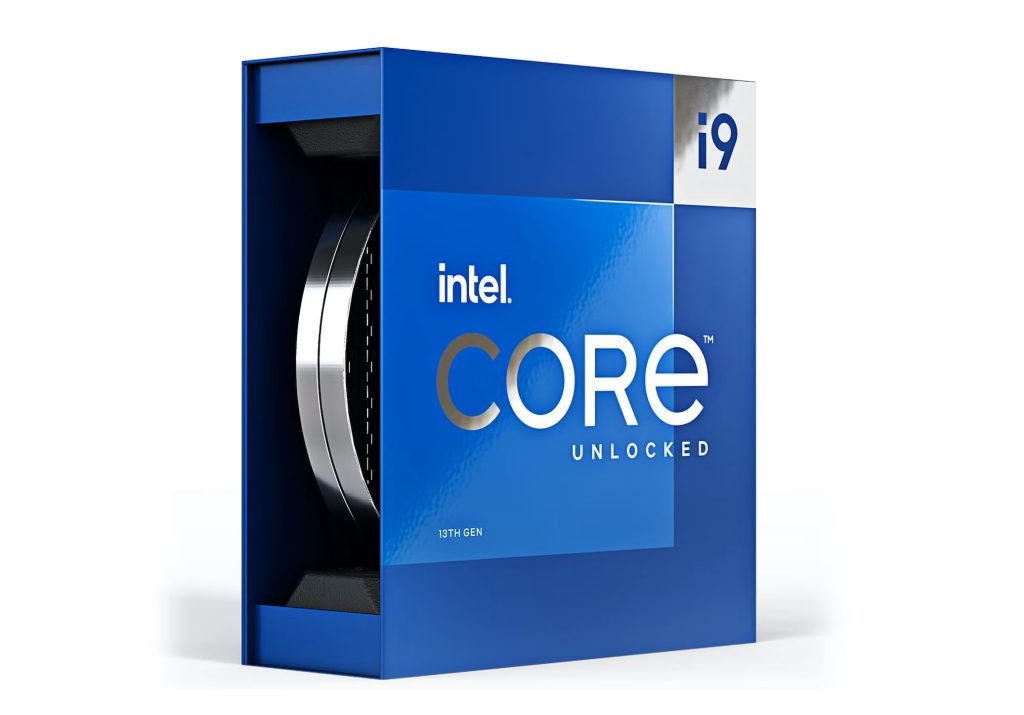After many users reported instability with Intel 13/14th Gen Core i9 CPUs, the company has finally issued a statement condemning motherboard manufacturers for allowing Intel processors to run outside of specified specifications. The company also confirms that most stability complaints involve unlocked motherboards.
Intel's statement was shared by Igor's Lab. According to Intel, the issue arises when motherboards automatically activate specific functions to increase CPU performance out of the box. These features make the CPU run faster than on other boards, but they can also cause stability issues, especially with the higher-clocked i9 K-series.

The statement also suggests that Intel Baseline Profiles that motherboard vendors have started to add to the BIOS should be available to all motherboards to restore official Intel specifications to affected CPUs. Intel's full statement can be found below:
“Intel has observed that this issue may be related to out of specification operating conditions resulting in sustained high voltage and frequency during periods of elevated heat. Analysis of affected processors shows some parts experience shifts in minimum operating voltages which may be related to operation outside of Intel specified operating conditions.
- While the root cause has not yet been identified, Intel® has observed the majority of reports of this issue are from users with unlocked/overclock capable motherboards.
- Intel has observed 600/700 Series chipset boards often set BIOS defaults to disable thermal and power delivery safeguards designed to limit processor exposure to sustained periods of high voltage and frequency, for example:
- Disabling Current Excursion Protection (CEP)
- Enabling the IccMax Unlimited bit
- Disabling Thermal Velocity Boost (TVB) and/or Enhanced Thermal Velocity Boost (eTVB)
- Additional settings which may increase the risk of system instability:
- Disabling C-states
- Using Windows Ultimate Performance mode Increasing PL1 and PL2 beyond Intel recommended limits
Intel requests system and motherboard manufacturers to provide end users with a default BIOS profile that matches Intel recommended settings.
- Intel strongly recommends customer's default BIOS settings should ensure operation within Intel's recommended settings.
- In addition, Intel strongly recommends motherboard manufacturers to implement warnings for end users alerting them to any unlocked or overclocking feature usage.
Intel is continuing to actively investigate this issue to determine the root cause and will provide additional updates as relevant information becomes available.”
While Intel is correct in calling out motherboard makers who have provided default profiles with optional performance settings enabled, it is unclear why the company took so long to impose these specifications, especially considering these “problematic” motherboard features have been available on high-end motherboards for years.
Discuss on our Facebook page, HERE.
KitGuru says: Even if Intel Baseline Profiles may reduce performance, it's clear that it's the best way to ensure the stability of the affected processors.
 KitGuru KitGuru.net – Tech News | Hardware News | Hardware Reviews | IOS | Mobile | Gaming | Graphics Cards
KitGuru KitGuru.net – Tech News | Hardware News | Hardware Reviews | IOS | Mobile | Gaming | Graphics Cards


